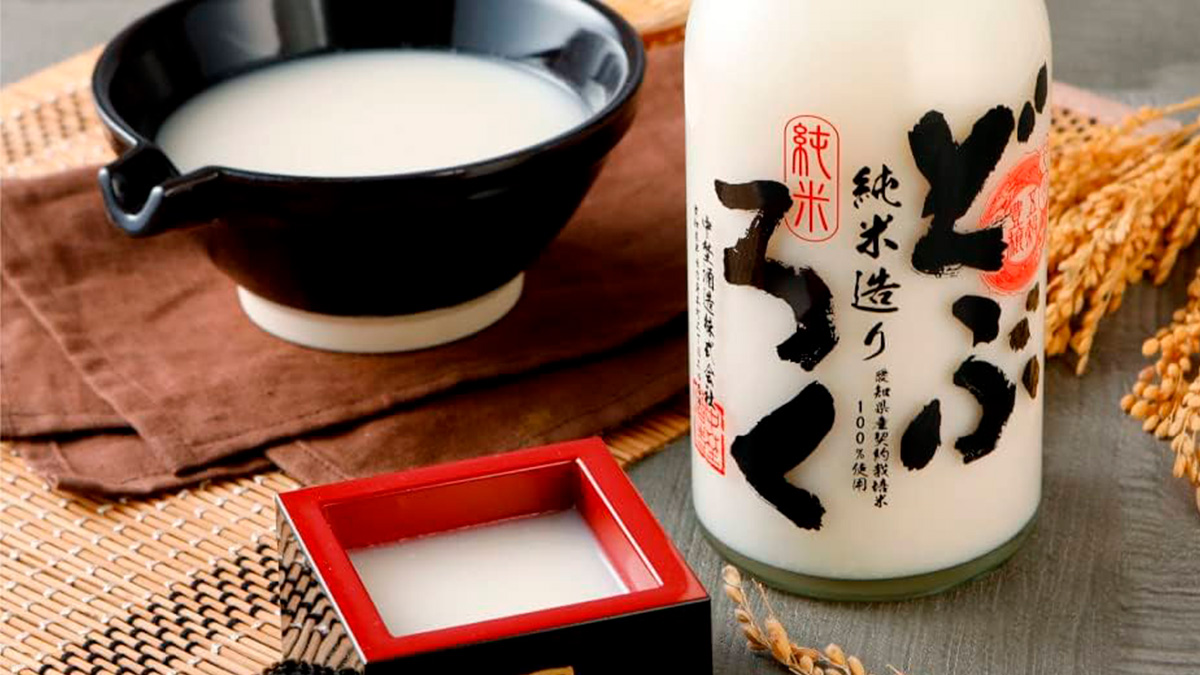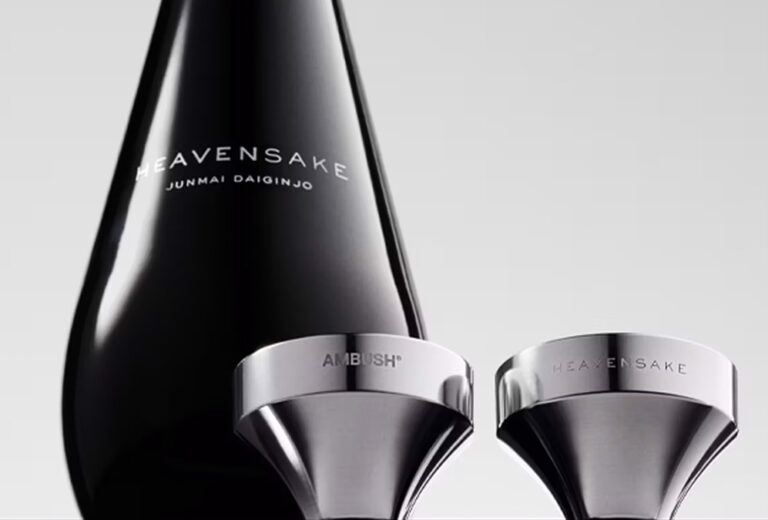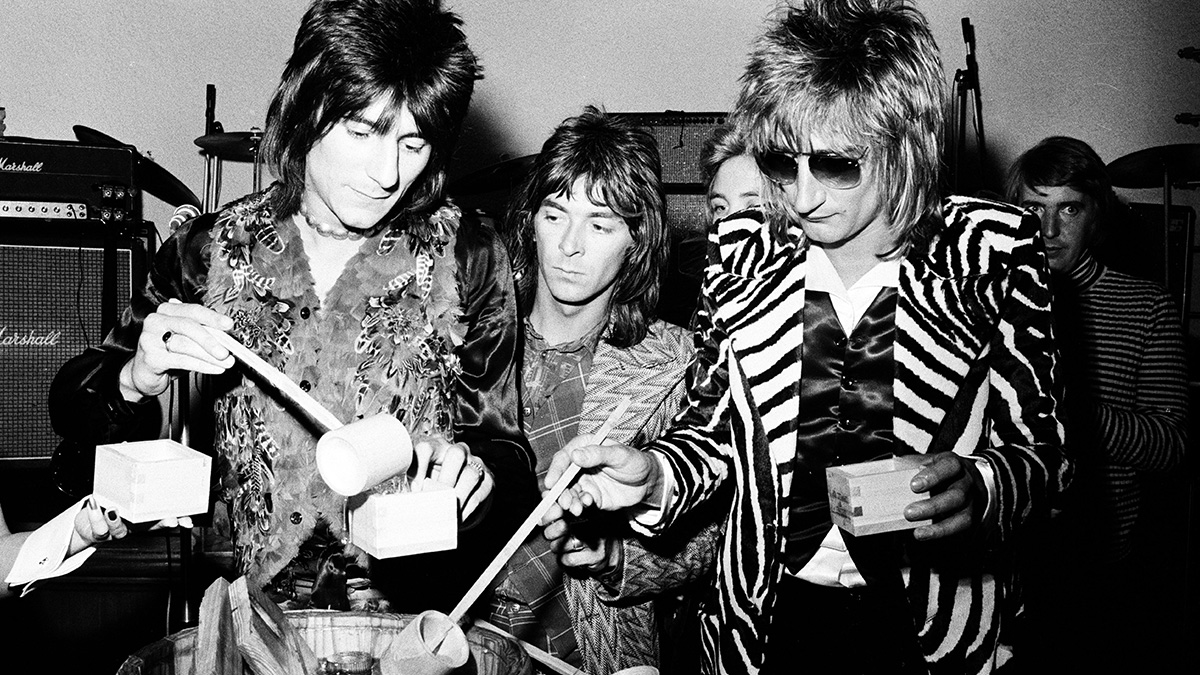Click here to read the Spanish version.
Although there is widespread confusion between doburoku and sake, there are a number of differences that converge with what is one of the oldest and most controversial beverages in Japanese history. In fact, it is often considered the ancestor of today’s sake.
The reality is that the fact that this drink is unfiltered and/or unrefined makes its literal meaning of ‘cloudy liquor’ make a lot of sense. After all, the main difference between seishu or clear sake and doburoku is that they are produced differently.
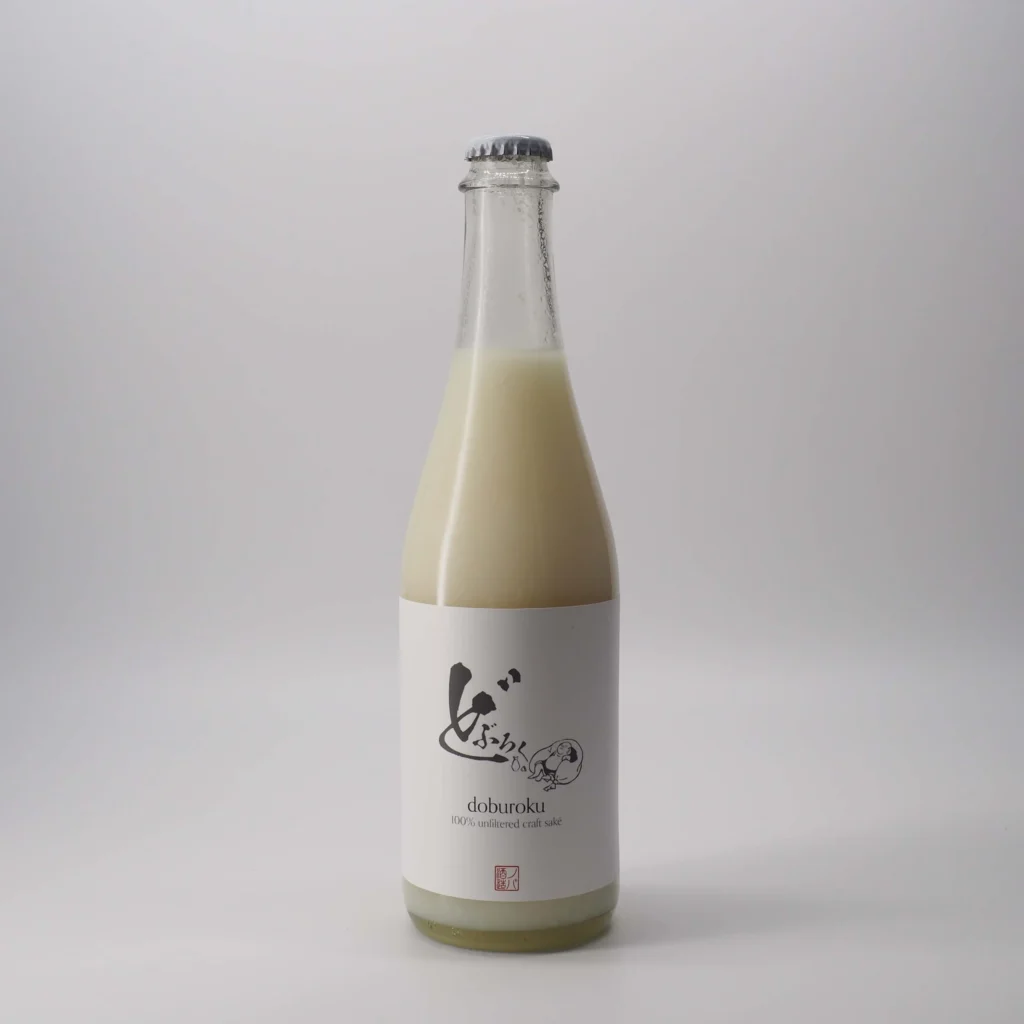
While typical sake requires a yeast starter and the addition of steamed rice, kouji (moldy rice fungus) and water over several days, doburoku introduces all of these simultaneously into the starter. The mixture then becomes more cloudy and brimming with unfiltered sugars. These then begin to break down the yeast, which stops fermentation much sooner. Ultimately, what remains is a sweeter liquid with a much lower alcohol content.
The doburoku controversy
Doburoku has been around as long as rice has been grown in Japan, and was considered the preferred brew of farmers and Shinto priests. It is said that in 1855 there were some 459 doburoku producers in Edo alone, which is present-day Tokyo.
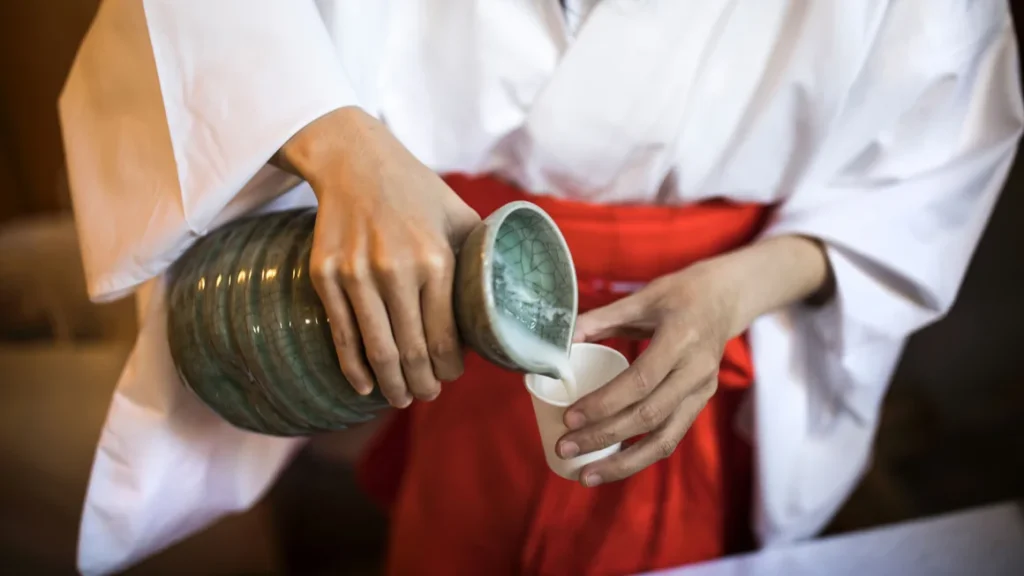
However, with the end of the Edo period (1603 – 1868), all feudal lords were forced to leave their regions on behalf of the centralized Meiji government, which began to impose measures to limit home brewing with an enforced tax, culminating in a total ban on home-made spirits in 1899. Essentially all doburoku made thereafter came to be called mitsuzoushu (密造酒), “secretly produced alcohol,” or illegal alcohol.
After World War II, due to a shortage of sake, the Korean drink makgeolli, an unfiltered cousin of doburoku made from rice, wheat, malt and water, was a popular alternative, and thereafter returned to the market, eventually becoming a Japanese fashionable drink, just like sake.

